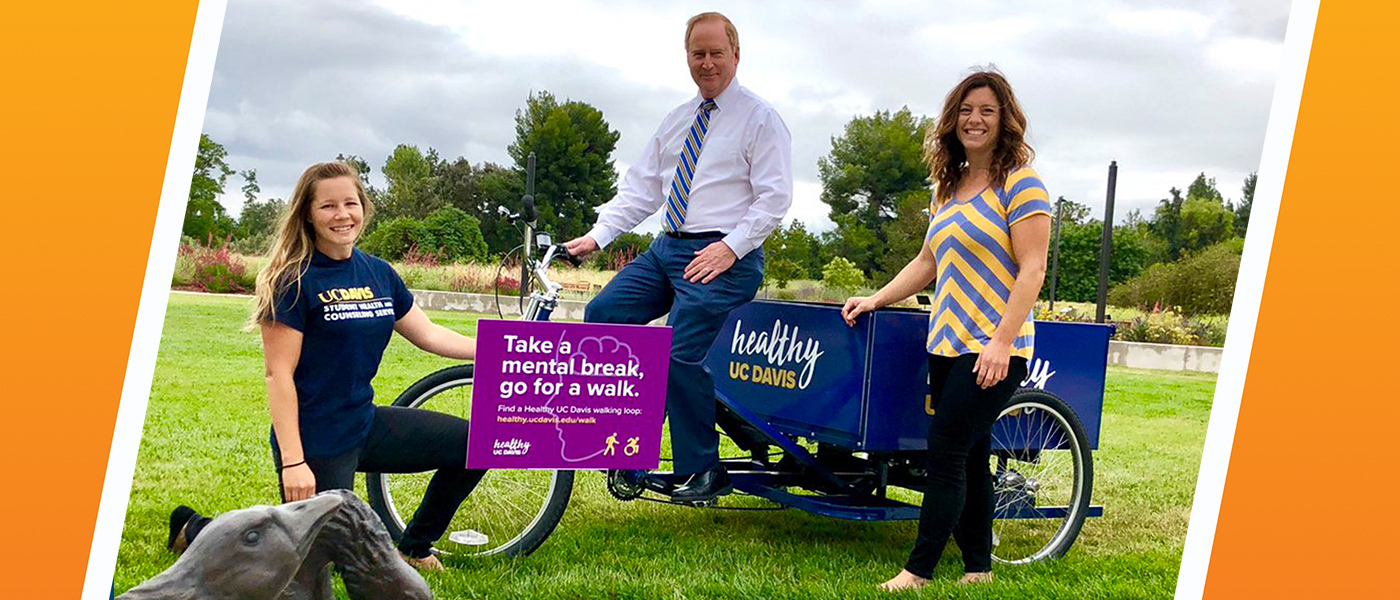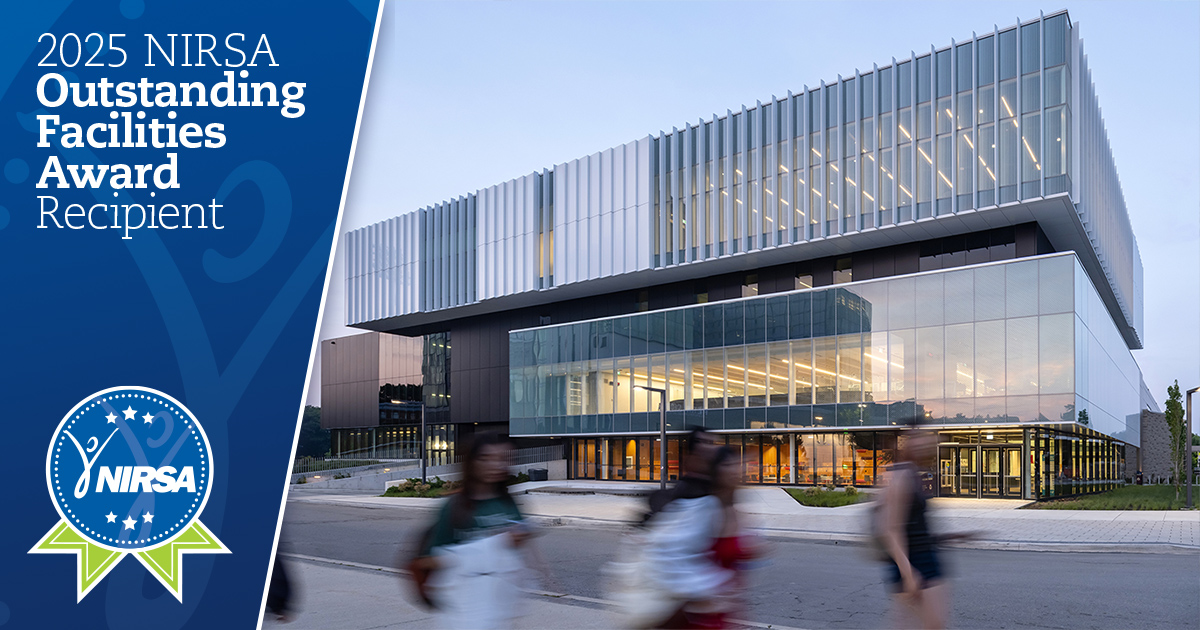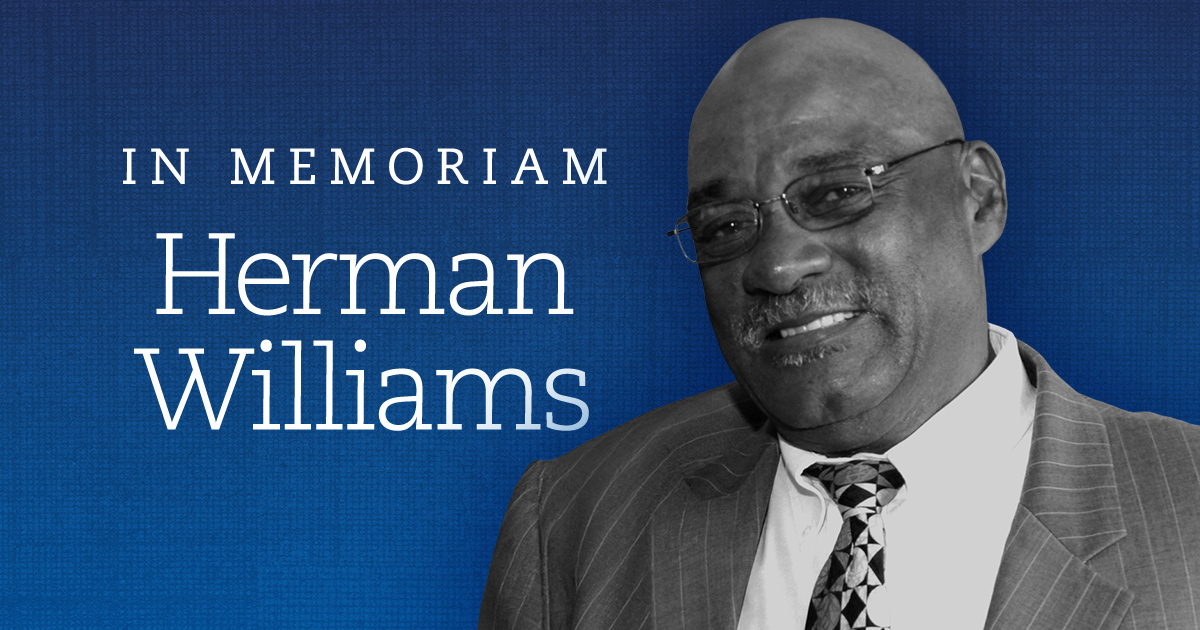Across North America, recreation departments are serving as a driving force on campuses for integrated approaches to health and wellbeing. When UCLA received an endowment to start a healthy campus initiative in 2012, it opened the doors for the Healthy Campus Network (HCN) to eventually be implemented throughout the entire University of California system. The HCN initiative is aimed at making UC the healthiest place to work, learn, and live. On the University of California Davis campus, this effort is called Healthy UC Davis.
Healthy UC Davis got its start after University of California system President Janet Napolitano sent a charge letter to each UC chancellor telling them to put together a Healthy Campus Network steering committee and to set up some kind of infrastructure. At UC Davis, they received this charge in January 2017 from interim Chancellor Ralph Hexter and Vice Chancellor Kelly Ratliff. They then started pulling together partners and stakeholders for bi-weekly meetings in early Spring 2017.
Stacey Brezing is the Director for the Staff and Faculty Health and Well-being Program and a Healthy UC Davis Steering Committee co-lead. She describes the initiative as “basically a charge for the entire UC Davis community—including its remote sites, retirees, alumni, students, staff and faculty.” She says, “It’s comprehensive and inclusive of everyone because the funding was for everyone. That was the intent of the start-up funds from the UC Office of the President. You can’t only improve the health and wellbeing of one constituent—we are all interconnected.”

She and fellow Steering Committee lead Eric Kvigne, Associate Vice Chancellor of Safety Services, convened their first Healthy UC Davis Steering Committee meeting in Spring 2017, inviting key leaders and key people who deal day-to-day with health and wellbeing to participate in shaping the initiative. Anyone who wanted to get involved was welcomed as they tried to be as inclusive as possible. This was while knowing that they had a year and a half to get results in front of leadership to secure further funding.
The Steering Committee selected four focus areas or subcommittee areas—food and nutrition, mental and emotional wellbeing, physical activity, and smoke and tobacco free—and created five strategic goals for Healthy UC Davis:
- Creating comprehensive, integrative and collaborative leading practice programs
- Providing UC Davis community members with support, opportunity, information and tools to engage in healthy behaviors
- Advocating for policies, institutional practices and a built environment that promotes health and well-being
- Continuously examining, implementing and evaluating practices that improve the well-being of our community
- Aligning and leveraging communication resources and messaging to ensure coordinated outreach efforts
Campus recreation professionals have a well-earned reputation for delivering results when it comes to cross-campus collaborations; Heather Gastellum, Associate Director of Recreation, Physical Activity Subcommittee Member, and Steering Committee Member, was asked to join the Steering Committee by John Campbell, Associate Vice Chancellor, Student Affairs, in the formative days of the initiative. And so after his retirement, her decision to continue serving as part of this larger wellbeing initiative was strongly supported by both Jason Lorgan, Executive Director of Recreation, and Deb Johnson, Director of Recreation.
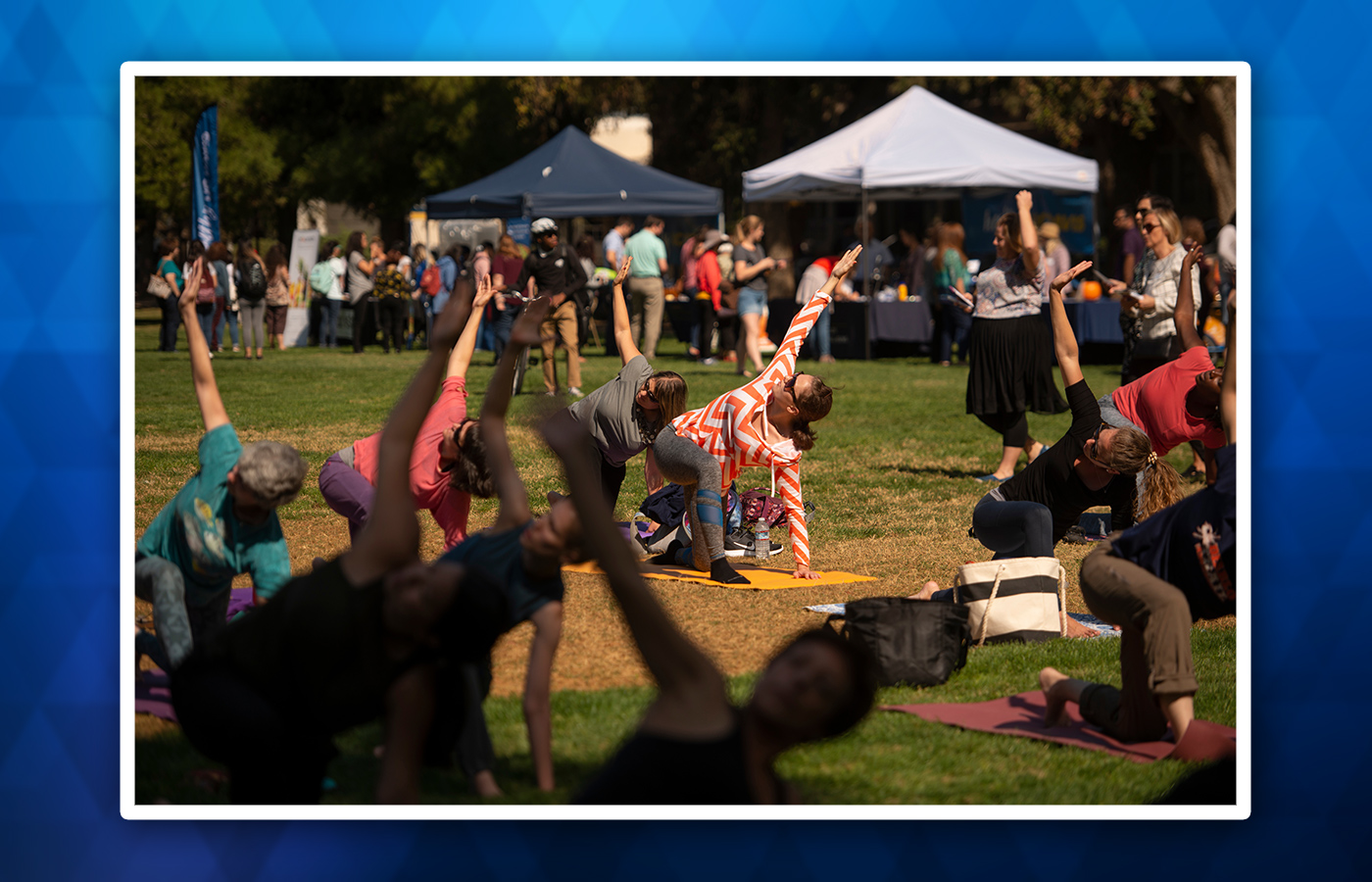
Rec has continued since adopting Healthy UC Davis to play a defining role within the campus community. “There are opportunities for recreation programming to expand within the umbrella of Healthy UC Davis,” Heather explains. “I think it’s important for me as a recreation professional to look at what’s the greater good that might not even be specific to my role in recreation. What might be another way to promote physical activity?”
Changing an entire campus culture is not an easy task, but it’s one that Stacey and her colleagues have taken firmly in hand and had some real success with—as is evident by the fact that Davis has secured additional five-year funding as part of the HCN. Its investment into innovative and collaborative programs and projects has truly paid off.
Vibrant and visible programs across campus
Intentionally-designed walking paths are one of the most successful programs Healthy UC Davis has implemented. “A lot of people love that our campus is very easy to walk around,” explains Stacey. This program fits perfectly with UC Davis’ commitment to Partnership for a Healthier America’s Healthier Campus Initiative, promoted by former First Lady Michelle Obama. In early 2018, marked walking paths and corresponding maps were created at the UC Davis main and Health campuses. Seven new paths were installed and the infrastructure improvements were accompanied by a social media campaign to educate students, staff, and faculty about the importance of walking.
Unsurprisingly, collaboration is key to the program’s successes. Walking paths could not have been made possible without the following campus partners: Transportation and Parking Advisory Committee, Campus Planning, Student Disability Center, and Finance, Operations, and Administrations. “It’s a great project,” says Stacey, “a really good environmental support to promote physical activity on campus.”
Another Healthy UC Davis program that focuses on physical health is Active Aggies where easily-accessible fitness classes take place in designated locations around campus. This program is made possible through collaboration with the Recreation Department. Heather considers the program a “pride and joy” and knows it’s been “life changing” for some people. “It’s helped bond people together,” she explains.
“It’s really made physical activity accessible. It’s a free program currently; but we’ve talked a lot about long-term sustainability. If we ultimately charge for it, what’s that model going to look like?” she questions. “But right now,” she underscores, “it’s really been a wildly-successful program; I think a lot of people would miss it if it left.”
The Nutrition and Food Subcommittee has spearheaded a program for UC Davis community members that’s been impossible not to notice: Nourish UC Davis. This campus-wide nutritional guideline initiative makes it easier for the UC Davis community to identify nourishing foods at campus eateries and convenience stores. A little orange nourish icon helps identify which food items are the healthier choice at campus markets.
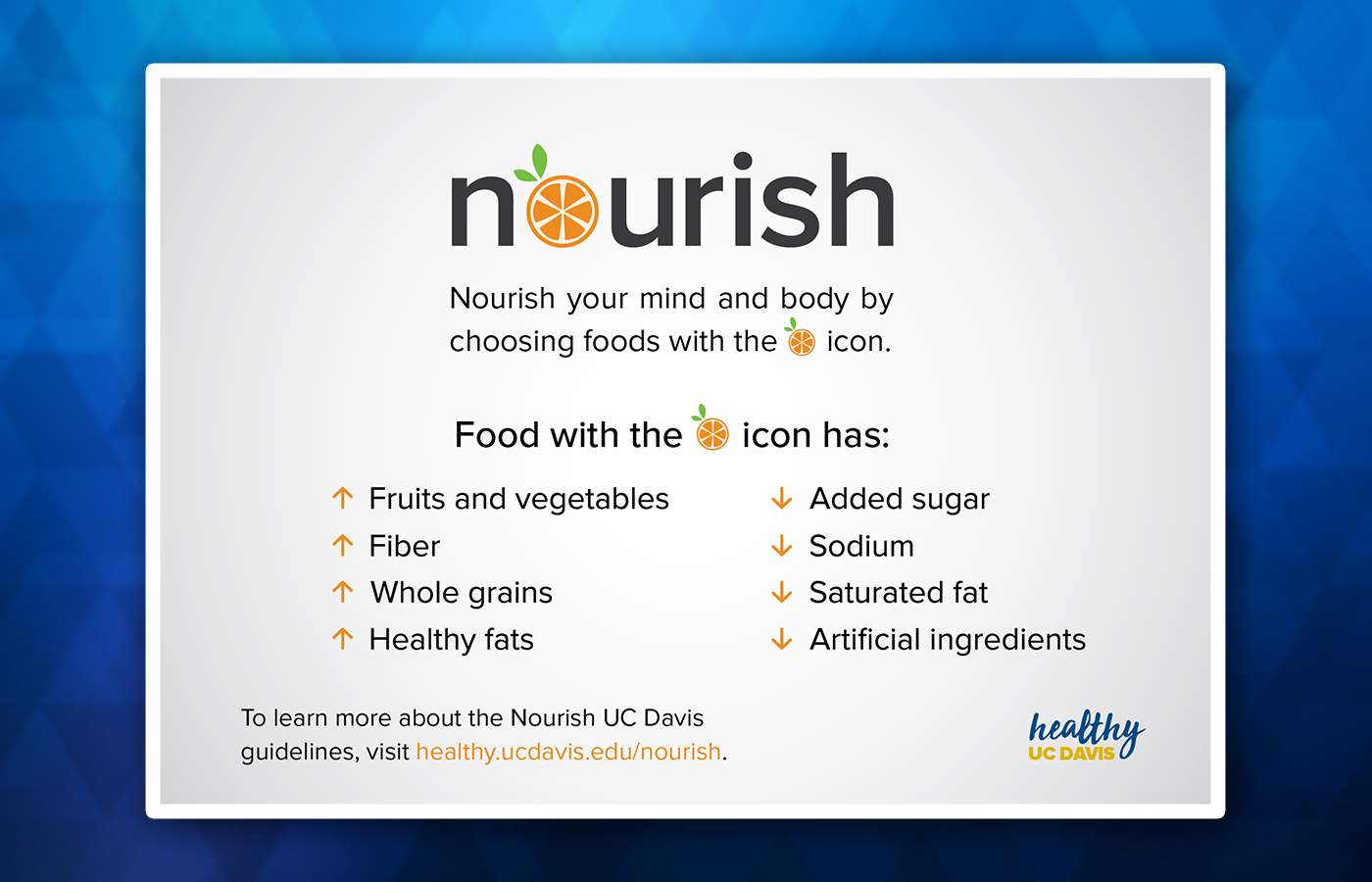
It’s yet another project that requires lots of collaboration. Not only did UC Davis dietitians have to first agree on the Nourish guidelines, but getting the icon added to food items requires a collaborative effort. To get the Nourish icon on products across campus requires cooperation with many different departments because campus stores and eateries are in various buildings across campus. For example, “the Nutrition and Food Subcommittee is looking at putting that Nourish icon on some of the products that’ll be at the Market at the Activities and Recreation Center,” explains Heather. This program has taken off following a two-year ARC renovation project.
Built on collaboration
Healthy UC Davis has been and continues to be built on collaboration. Heather says, “I think collaboration has been paramount in everything that we do. This is the first time that we’ve really had so many different stakeholders across campus—not just maybe the predictable student health center and recreation collaboration, but it’s housing and it’s rec and folks from the Arboretum are on the Steering Committee. It’s dining, it’s all these different people from across campus and I think we’re really better because of it.”
Stacey summarizes its collaborative nature by simply saying, “It’s non-threatening.” No one on the UC Davis main or Health campus seems concerned with guarding territory or claiming ownership over some part of wellbeing. It’s a model example of the type of relationship described in Health and Wellbeing in Higher Education: A Commitment to Student Success.
Instead, Healthy UC Davis has flourished because of the mutually-beneficial relationships built across departments and because wellbeing seems universally owned by departments on campus. This doesn’t mean there isn’t still room for improvement in the approach to collaboration though.
Keavagh Clift, Special Services Program Manager, Smoke and Tobacco Free Subcommittee co-lead, and Steering Committee Member, says, “The Steering Committee had a strategic planning session in February to talk about the future direction of Healthy UC Davis and there was a lot of agreement around better integrating the goals for each subcommittee and working more collaboratively for the initiative as a whole. I foresee more crossover between focus areas moving forward.” Right now, subcommittees are pretty siloed from one another in their work. Having more crossover in the future can only lead to even more robust programs that enrich the lives of UC Davis community members.
A program that can work across the country
UC Davis is ahead of the curve right now with Healthy UC Davis, and the initiative fits right in with the university’s overall mission which is focused on student and employee wellbeing and success. Stacey believes students aren’t “going to perform well” or perhaps may not even graduate “unless they’ve learned how to take care of themselves.” And she believes “if you invest in the health and wellbeing of your employees, the return and value on investment will be huge in the long-run.”
Stacey also doesn’t think this wellbeing program needs to remain unique to the UC Davis campus. She is quick to say that this kind of wellbeing initiative can work on campuses across the country. “It’s a lot of hard work to bring people all together and to work like this because a lot of times there’s not resources set aside, but anybody—any university—can make this happen. You can find passionate people everywhere.” Heather adds, “I think having support from leadership has helped drive the success of a lot of the programs and the overall initiative.” That institutional support—which is baked into the underlying values of the Healthy UC Davis initiative—is likely why the program has graduated from a pilot program to receiving a further five years of funding.

Healthy UC Davis has been an incredibly-successful program for the UC Davis campus. It’s brought various departments together through some great collaborative efforts and the promise of further collaboration is definitely in the air. Campus Recreation is one of a handful of campus departments ready to step up and help UC Davis community members embrace the many facets of wellbeing.
Healthy UC Davis offers something for everyone as individuals from their community engage the four focus areas of health through a diverse range of programs in their own lives. The initiative is a model comprehensive wellbeing program for any school looking to break down silos and barriers between departments and put the needs of the community first.
- For more information about Healthy UC Davis, please contact Healthy UC Davis Steering Committee lead, Stacey Brezing.
Nazifa Islam was previously the Communications Coordinator at NIRSA.


